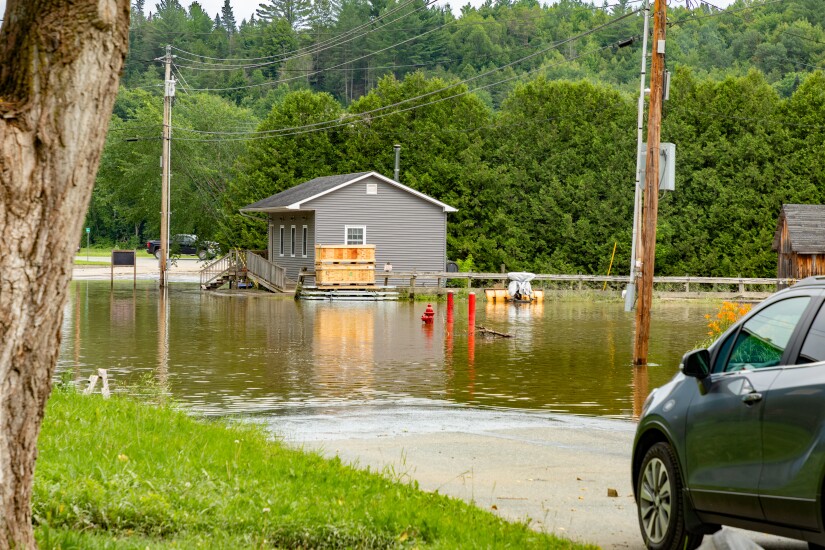Want unlimited access to top ideas and insights?
Hurricane season is not expected to soften from here. The National Oceanic and Atmospheric Administration has predicted an active hurricane season with an estimated potential combined reconstruction cost for 2024 storms of $10.8 trillion. The number of properties graded at a very high or even greater risk was slightly under 15 million, with the reconstruction cost projected to be $4.2 trillion; the subset of properties at extreme risk consisted of 6.4 million homes with a replacement cost of $1.7 trillion.
Approximately 7.7 million of these homes have an additional exposure to storm surge because of their location near the Atlantic Ocean coast, with potential replacement cost of $2.3 trillion.
Depending on the state, property owners may or may not be covered by their homeowners' insurance policy for wind damage. However, that policy does not cover water damage from storm surge. That is only
"Insurance remains one of the most important tools for a resilient society, given the role it plays in recovery," Maiclaire Bolton Smith, CoreLogic's vice president of hazard and risk management, said in a press release. "With the potential for an active hurricane season on the horizon, insurers and homeowners should do everything they can to prepare and mitigate as much risk as possible."
Read more:
Due to the extreme weather conditions, experts believe the mortgage market needs to start treating
As with an ARM portfolio, the next step for lenders is to look at their portfolio and find the ways to mitigate risk, including understanding what the peril is and knowing what the related financial impact is.
"I think the challenge to the industry and inclusive of the insurance part of that industry is to
What climate risk means in general for pricing loans and mortgage servicing rights can depend on whether you are looking at the loan-to-value ratio or if it is debt service coverage ratio loan, Kingsley Greenland, director, mortgage risk analytics at Verisk recently told National Mortgage News'
For DCSR loans, "whether it's residential or commercial, you can look at who is on the margin in terms of performance stress and say, 'Well, how much of an
Read more:
Read more about how the mortgage industry is responding to an increase in extreme weather events.










